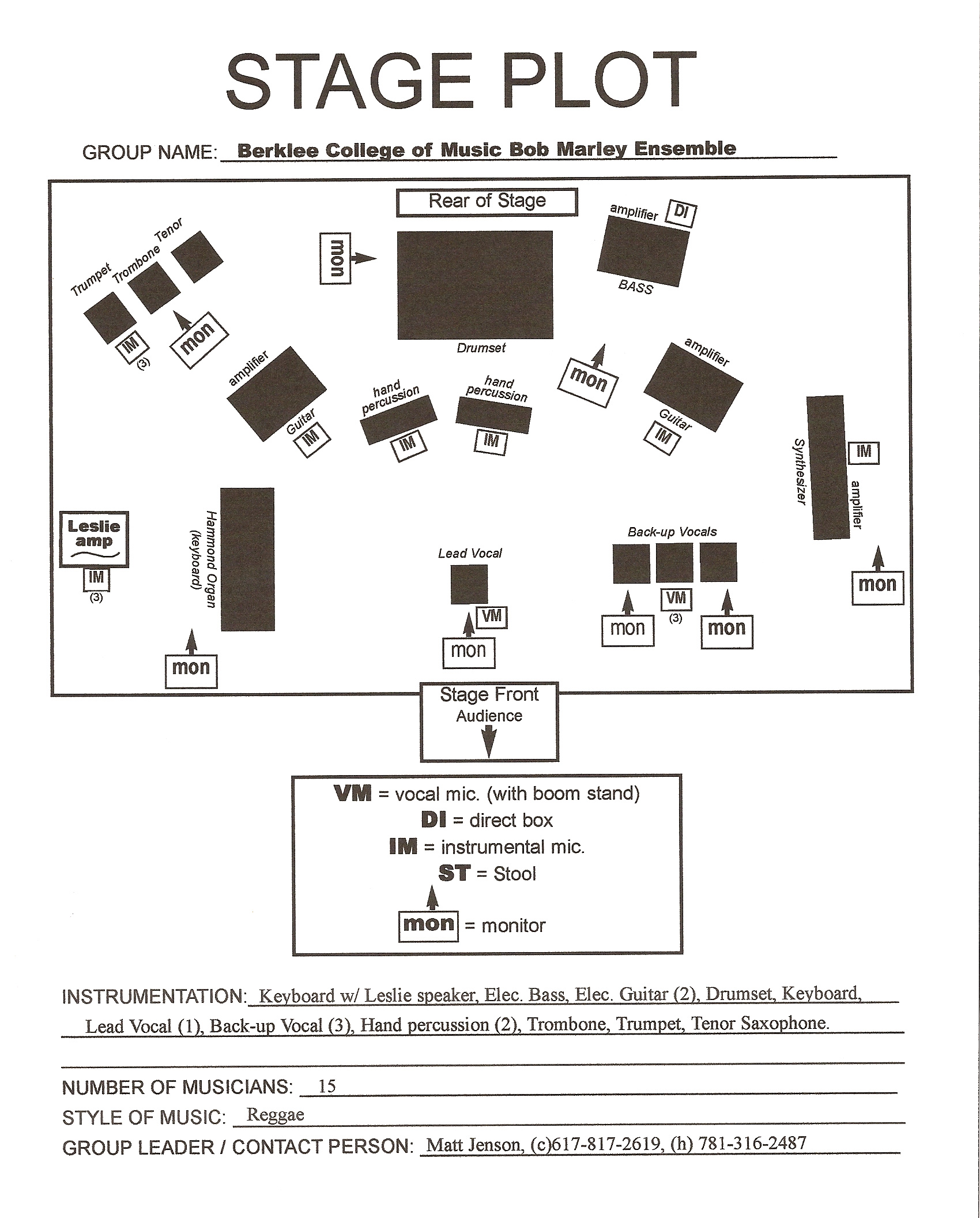


Creating stage plots for every work in a program is essential in gaining an understanding about stage space.

The biggest stage changes should be planned for during intermission as you will want to minimize adding to overall concert length. Differences in instrumentation within a concert program should be looked at closely in order to determine stage changes required during a performance. Maximum instrumentation of a program is a very useful tool in determining the space onstage required for a program. Instrumentation should be carefully considered in all pre-planning of a concert season. Instrumentation is the number one factor in an orchestral program that determines set-up needs onstage. What production needs does orchestral repertoire have? The Operations Manager, Personnel Manager and stage crew (lighting, audio and stage management) work together to satisfy the needs onstage for repertoire and musicians, while ensuring the performances will run smoothly and be in compliance with the work rules in the Collective Bargaining Agreement. Concert production is one of the key responsibilities of the Orchestra Operations department.


 0 kommentar(er)
0 kommentar(er)
